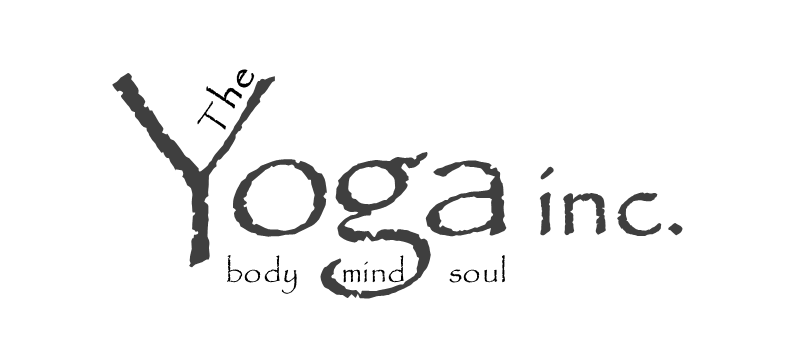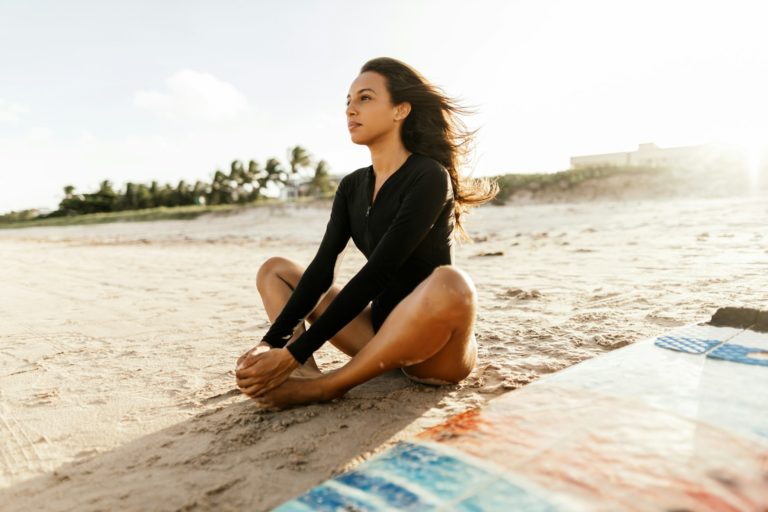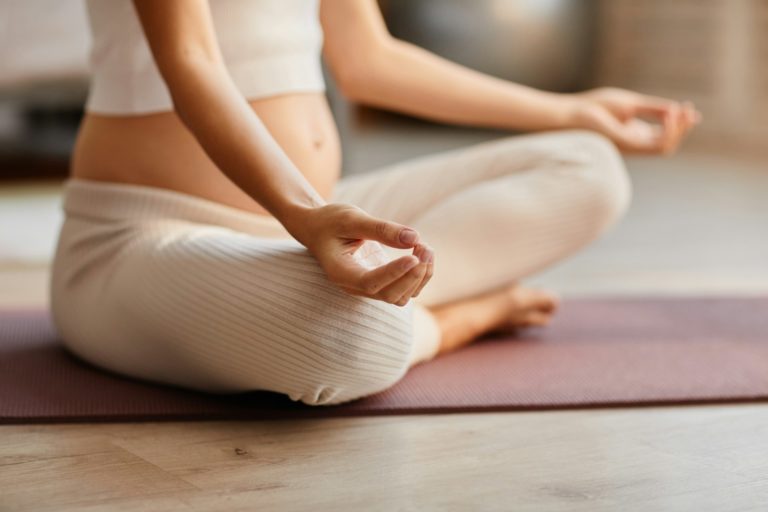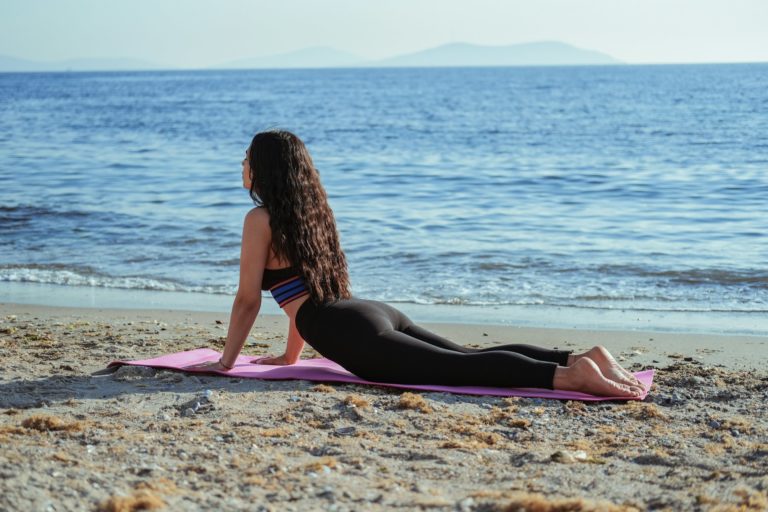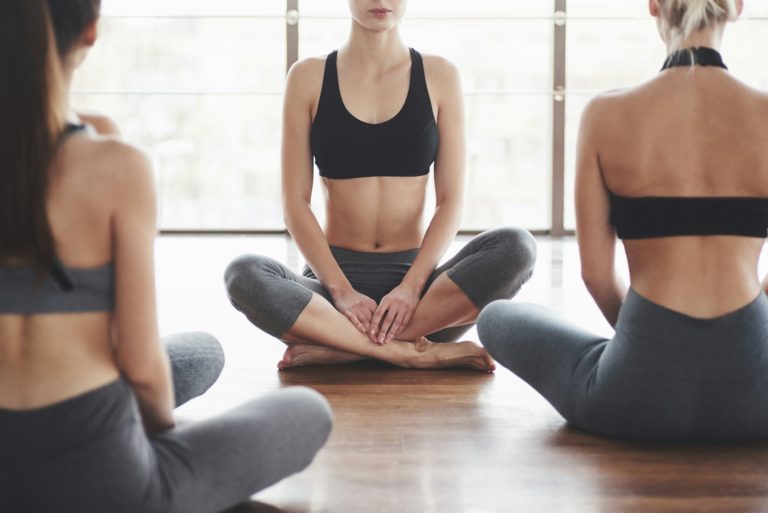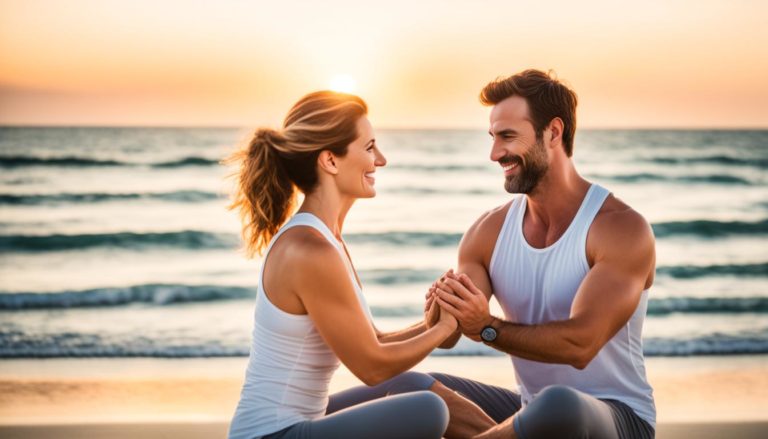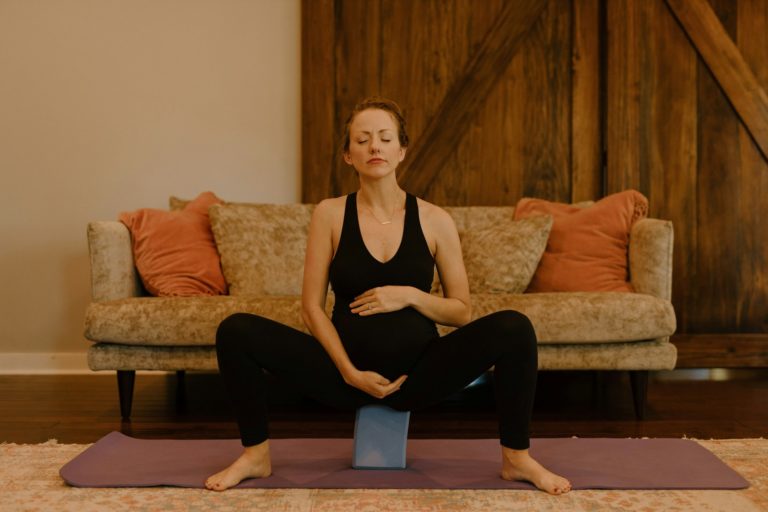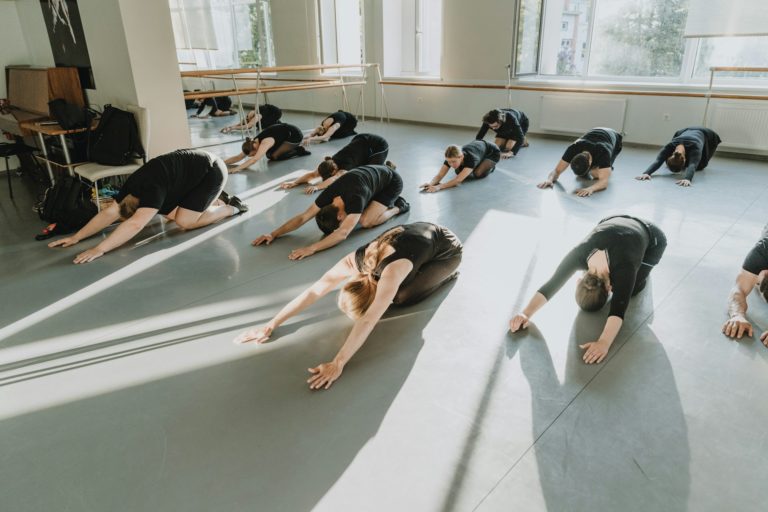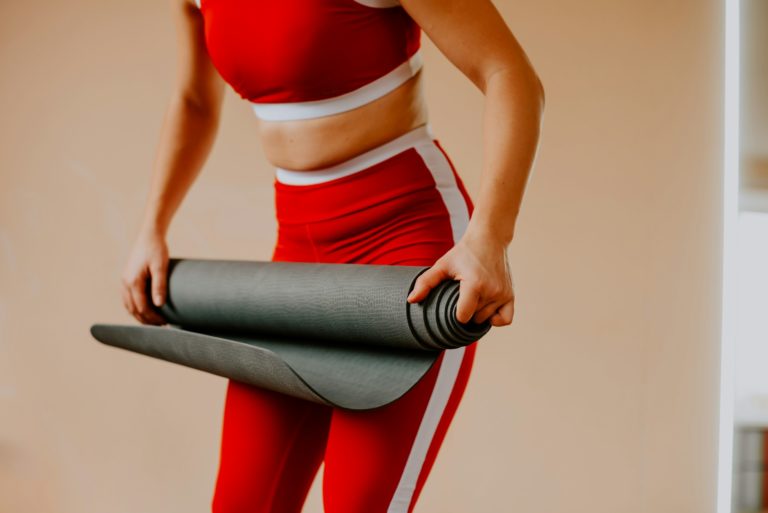what is yoga? keeping it simple with yoga wellness
Incorporating Yoga Wellness into Your Lifestyle
Living a yoga lifestyle is more than just doing poses. It means choosing things every day that follow Yoga’s healing ways. Yoga affects everything from how we wake up to how we deal with stress. Experts in holistic health say starting your day with meditation or light stretching helps set a positive vibe.
Looking at the habits of seasoned yoga followers shows the value of deep breathing. It helps keep us calm when life gets tough. Making time for self-reflection is vital, too. You can write in a journal or take quiet walks outside. These small changes make Yoga wellness a part of our lives beyond just the poses.
Choosing a yoga lifestyle means inviting balance and mindfulness into all
parts of our lives. It’s a unique path that mixes old wisdom with today’s world. Small daily changes or a complete shift into Yoga can make life richer. It helps us be in the moment, care for others, and connect with everything around us.
With yoga education, people of almost every age can practice yoga wellness and benefit from the connection between body, mind, and soul.
OK, now I’m going to go a little deep. Could it be that balancing connections between our body, mind, and soul elevates our wholeness as human beings, as God created us to be? If we are “out of balance,” are we lacking our true human potential? I believe so. I’m sure we all could agree that the world needs some balance. Yoga is not the only way to balance our body, mind, and soul. But it is an excellent way!
Understanding the Foundations of Yoga Education
Let’s begin with some Yoga education. Historically, Yoga was a meditation practice in ancient Eastern culture. The word Yoga is a Sanskrit word meaning to yoke or unite. What are we uniting? Our physical (body), mental (mind), and human essence (soul). Patanjali wrote the most acknowledged, ancient foundational text on Yoga. His text is called the Yoga Sutras. The text contains the eight limbs (steps) of Yoga, essentially the Yoga Philosophy of Life.
Learning about yoga philosophy deepens our practice. It teaches ancient truths and ethics, like the yamas and niyamas. These guide us to live with integrity and awareness. Yoga helps us handle stress, find peace, and see life. Adding Yoga’s teachings to our daily routine brings wisdom that improves how we face life’s ups and downs.
Presently, in our modern Western culture, we use the term Yoga to mean a Hatha Yoga style of practice, including breathing techniques (pranayamas), body poses/positions (asanas), and mind-focus techniques (meditation). Hatha style means the focus is on energy and the body’s movement.
Learning its basics is enlightening whether you’re new to Yoga or have been around but haven’t tried it. This knowledge is a gateway into a world where physical health meets deep thought. Every class or pose becomes a chance to develop.
Master Yoga Etiquette for Your Next Class
How to prepare for a Yoga practice session at a fitness center, studio, or video session at home
- Think positively and nurture positive energy, laying any negative thoughts aside.
- Arrive on time to a class or set a time for your home session.
- Use the restroom to empty your bladder & try not to eat at least an hour before a session.
- Put your hair up or wear a headband to keep the hair out of your face.
- Take off any jingly jewelry that could be a noisy distraction to you or others.
- Take off your shoes.
- Have a Yoga mat and other yoga products as needed.
- Have a water bottle for hydration if needed.
- Please turn off your phone or turn it on vibrate only.
- For a home session, clear the area around your mat so that raised arms or legs do not hit walls or furniture.
- No talking during a session. Keep your focus on your breath and body movement.
- Now, take a deep breath through your nose, exhale through your mouth, and you’re ready to begin!
Finding Yoga Inspiration Beyond the Mat
Yoga does more than poses; it changes our lives. It helps us grow personally, connect with others, and find a deeper meaning in life. By fully embracing Yoga, we don’t just exercise. We adopt a new way of living that brings discoveries and helps us evolve. Now, let’s see how Yoga blends into our everyday activities.
Yoga wellness in everyday life means letting Yoga shape how we act, decide, and talk to others. It helps us find peace in busy or quiet times. Being mindful on the mat helps us eat better, speak more carefully, and be thankful for everyday moments. Soon, Yoga and living it will become the same, showing in all we do.
If you’re new to Yoga, start with a gentle approach. It teaches patience and self-care, making it an ideal introduction to its benefits.
Yoga every day is excellent for your health. It connects you with your body and breath. Even a short routine in the morning can help. Starting with easy stretches wakes up the body. Basic poses, then build strength. Keeping it up, even for ten minutes, starts your day right.
Below is an essential list and brief explanation of Yoga styles for your consideration, making it your Yoga journey:
HATHA: Hatha is a beginner-friendly, general style of Yoga. Senior Yoga, Gentle Yoga, Chair Yoga, and Restorative Yoga are all forms of Hatha Yoga.
IYENGAR: This slow, alignment-focused style of Yoga, created by B.K.S. Iyengar, is suitable for beginners. Exact body poses and Yoga props (blocks, straps, bolsters) are instrumental and highly encouraged.
ASHTANGA: Sri K. Pattabhi created Ashtanga, a more active and vigorous style of Yoga. It is a good choice if you are active and like practicing consistent sequences transitioning from seated to standing. However, it can be challenging.
VINYASA: This style, similar to Ashtanga and often called Flow Yoga, keeps you moving in various poses, from seated to standing. It can be as challenging as you want it to be.
YIN: A passive, mostly floor pose-orientated style. Hold poses for between 3 and 15 minutes. It can be challenging to hold some poses for a length of time.
BIKRAM: Also known as Hot Yoga, Bikram Choudhury developed this style. It practices a fixed sequence of postures, and the temperature is raised in the room (105 degrees) to replicate the climate of India. I would not recommend this style to beginners.
KUNDALIN: A style that strongly focuses on breathing, meditation, and chanting during practices. Fast-paced movements and charka references can be challenging.
Essential Yoga Products for Your Practice
Today, the many styles of Yoga available can confuse us as to which style fits our needs. For most Yoga classes, you will need a few Yoga products, such as a Yoga Mat, Yoga Blocks, Yoga straps, and Yoga Pants/clothing. The Yoga Mat is essential because you will practice Yoga barefoot, and a mat provides a slightly cushioned, non-slip footing base. Comfortable, stretch-friendly clothing is necessary for ease of movement.
Whether you’re a seasoned yogi or just starting your fitness journey, having the right yoga products can significantly enhance your experience on the mat.
Start with a class or video at home. If you don’t like that particular style of yoga, try another. Find a Yoga style that fits you and enjoy your Yoga Wellness journey!
